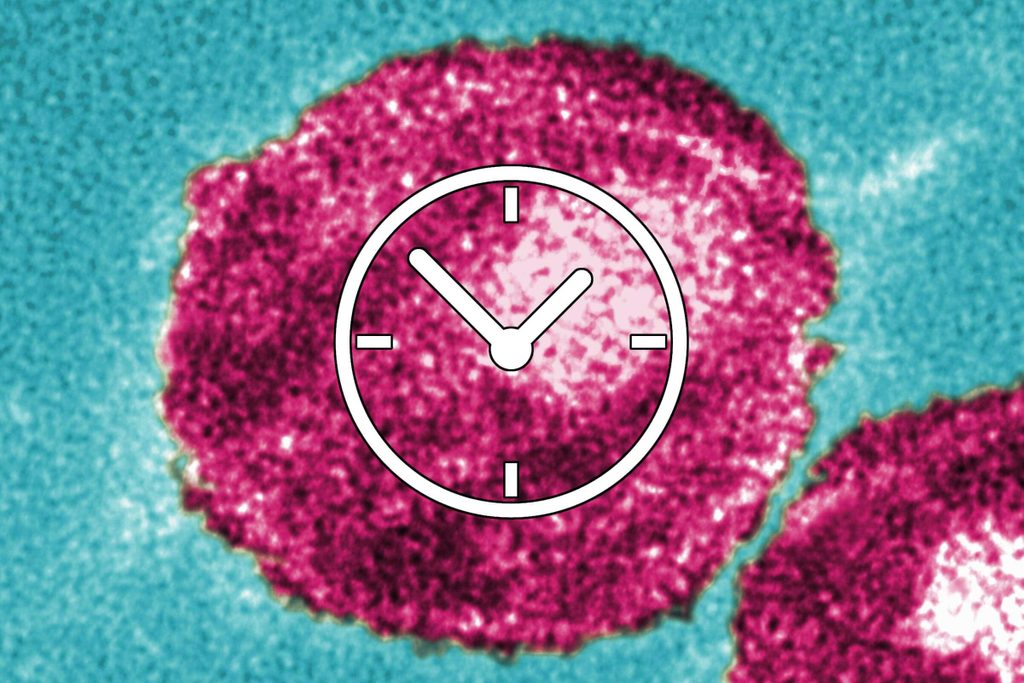
Timing is everything
For Gen Xers, millennials, and the generations that follow, AIDS looks completely different than it did to those who were full-blown adults in the mid-80s. Case in point: If you were diagnosed in 1985, you almost certainly died, but if you were diagnosed in 1995, you may very well still be alive. “This is because it took eight years from the identification of the virus for the first drug (AZT) to be approved, which was 1989,” says Josh Bloom, PhD, director of Chemical and Pharmaceutical Sciences for the American Council on Science and Health. But, as he points out, in the grand scheme of things, AZT didn’t work out. “It would be another six years until Inverase, which was discovered at Roche, became the first useful drug to be approved in 1995,” says Dr. Bloom. It’s no coincidence that the death rate from AIDS decreased for the first time ever after that fateful year.
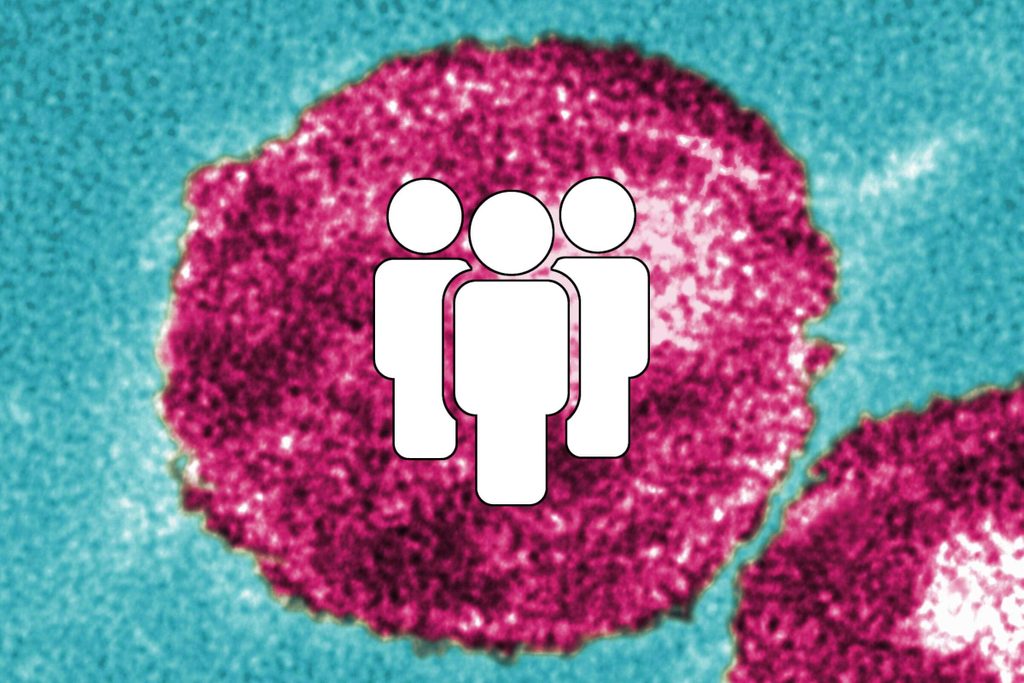
The population of people living with HIV is aging
As people living with HIV are living longer, thanks to highly effective antiretroviral treatment, the overall population of persons living with the condition is aging. In 2014, for example, an estimated 45 percent of Americans living with diagnosed HIV were aged 50 and older, 27 percent were aged 55 and older and 6 percent were aged 65 and older, according to the Centers for Disease Control and Prevention (CDC). In a few years, it’s estimated that more than half of all people living with HIV will be over 50 years of age. “Older people in the United States are more likely than younger people to present with more advanced HIV infection at the time of diagnosis,” says Carlos Malvestutto, MD, MPH, from The Ohio State University Wexner Medical Center Division of Infectious Diseases. “Also, older people may not consider themselves to be at risk of HIV infection or may mistake HIV symptoms for those of normal aging.” Still, due to the fact that many older people are sexually active, and may lack knowledge about HIV prevention, Dr. Malvestutto stresses the importance of making HIV testing widely available to all regardless of age and the need for primary care providers to have an open discussion with their older patients about sexual practices and risk behaviors. Here are more sexual health conditions men need to talk about with their doctors.
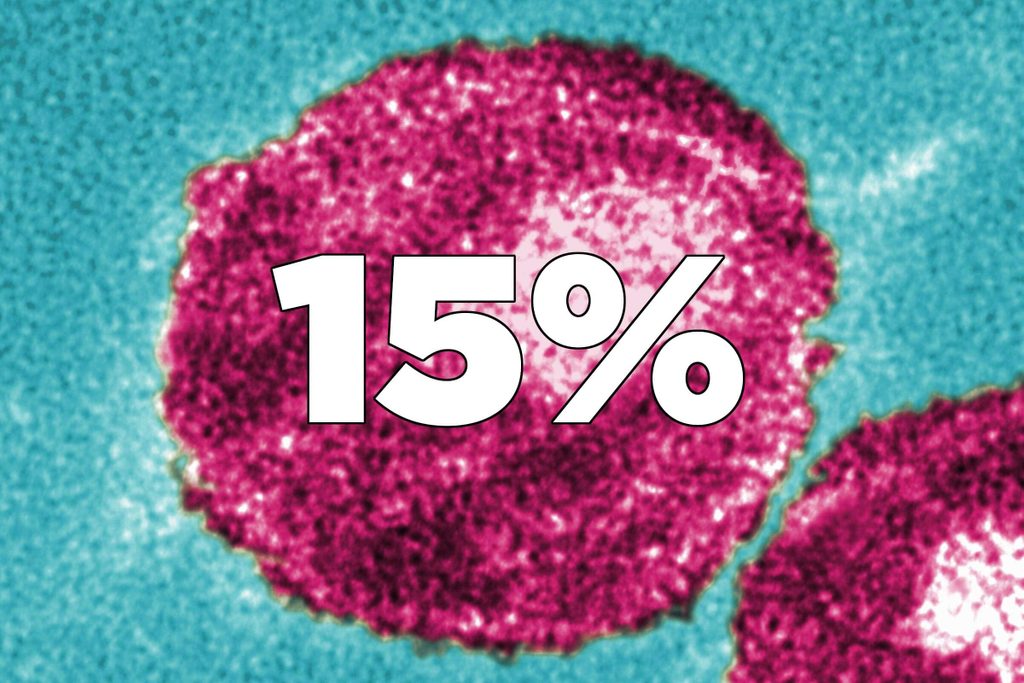
Still, 15 percent of U.S. citizens affected with HIV do not know their status
Although the percentage of Americans who are aware of their HIV status is increasing steadily, approximately one in seven, or about 15 percent, of those living with HIV do not know it, according to the CDC. “HIV testing has become very sensitive, and rapid tests, which provide results in about 40 minutes, can detect HIV infection that was acquired very recently,” says Dr. Malvestutto. “Still, although CDC guidelines recommend HIV testing for everyone between the ages of 13 and 64, too many people who have HIV do not become aware of their diagnosis until the disease is advanced.” This is why he says it is so important to promote and normalize HIV testing for everyone—so that all patients can be diagnosed and started on HIV treatment as soon as possible.
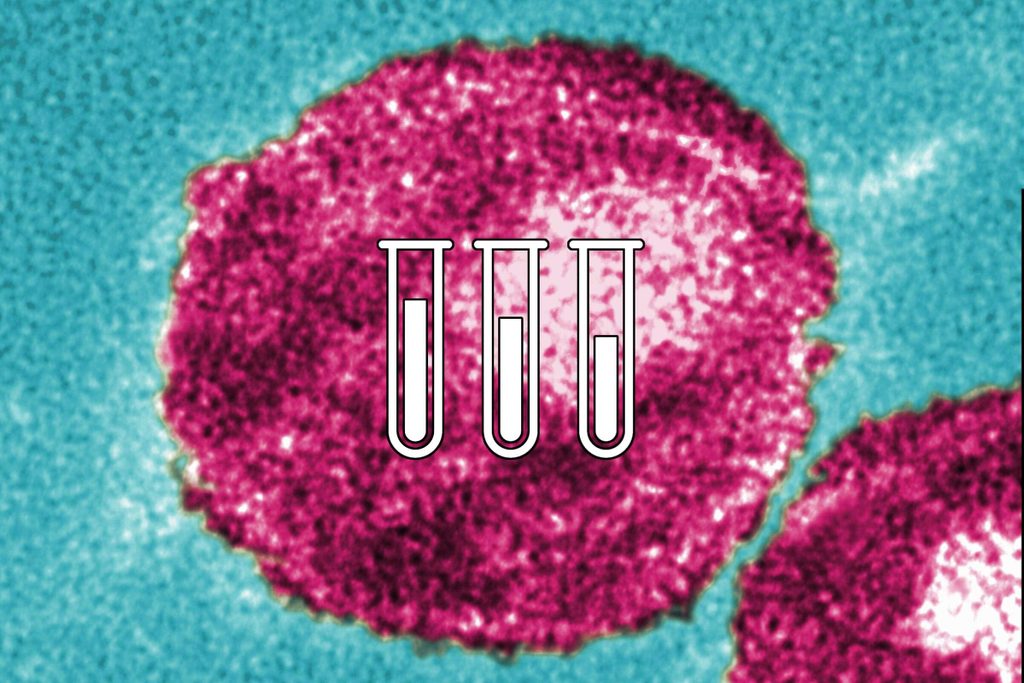
Not all HIV blood tests are created equal
There are different kinds of HIV tests—the HIV antibody test and the HIV antibody/antigen combination test—each with its own testing window and detection method. Basically, the body has to develop an immune response to the virus before the tests can work, explains Mary Rodgers, PhD, a senior scientist at Abbott. “The HIV antibody test is a blood test that searches a blood sample for antibodies that were created by the immune system in response to HIV. It can take three to 12 weeks for your body to produce enough antibodies to the HIV virus to get an accurate test result.” The HIV antibody/antigen test, on the other hand, can detect antibodies plus parts of the actual virus called antigens, so this combination test is able to reveal HIV earlier. “It only takes two to six weeks for there to be enough HIV antigens in your blood.”
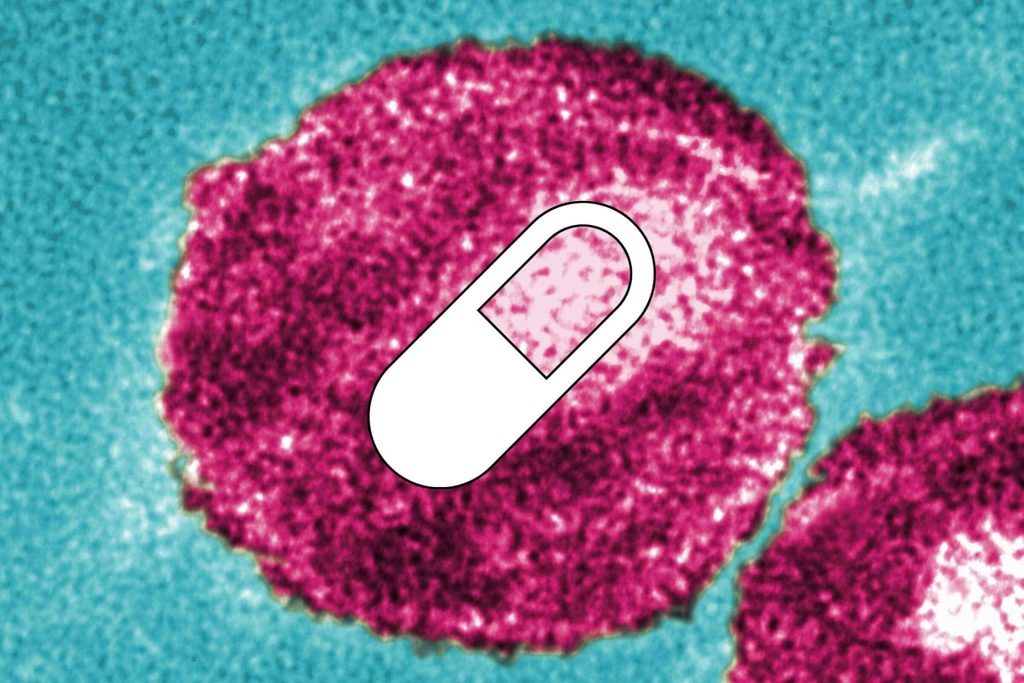
Treatment has become steadily more potent, convenient, and well tolerated
“In the past, taking a cocktail of drugs required regimens consisting of many pills, multiple times a day, and these regimens were associated with many side effects including chronic diarrhea, nausea, redistribution of body fat, increase in cholesterol levels, dizziness, vivid dreams, depression, etc.,” explains Dr. Malvestutto. “Now, we have multiple regimen combinations that are very potent and produce minimal, if any, side effects.” Today’s AIDS patients can get all the meds they need in a convenient, one-pill-a-day regimen. In the near future, says Dr. Malvestutto, we can expect long-acting drug regimens that no longer require even a daily pill. “There are experimental, long-acting injectable drugs that can be administered once every two months and can control the virus as well as our current daily oral treatment regimens.” Find out the accidental history of AZT and 9 other common drugs.
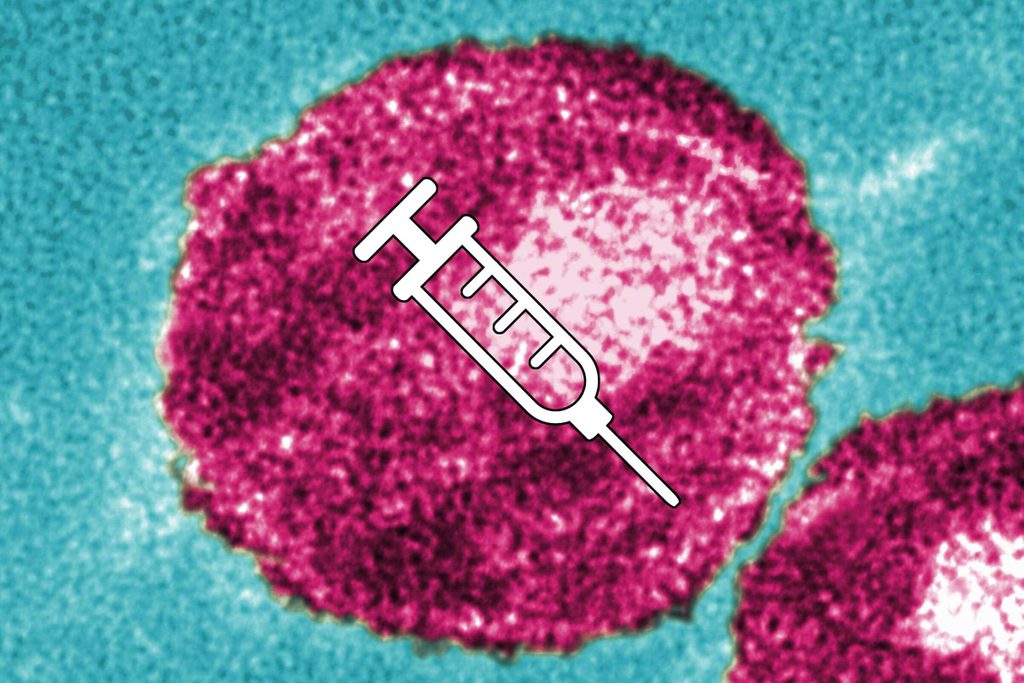
There is medication available to prevent HIV acquisition for high-risk individuals
Although a preventive vaccine for HIV is not yet available, there is medication that can be taken orally every day to prevent HIV infection among those individuals who are at high risk of acquiring HIV. “The currently approved medication is a pill that combines two drugs (tenofovir and emtricitabine) and is more than 94 percent effective at preventing the acquisition of HIV in uninfected people who are at high risk of HIV infection,” says Dr. Malvestutto. This type of prevention, he explains, is called pre-exposure prophylaxis or PrEP. “In the U.S., it was approved by FDA in 2012 and awareness of and access to PrEP is increasing around the world. In many cities, it is an essential part of an integrated HIV control strategy.” In the future, Dr. Malvestutto predicts there will be multiple forms of PrEP that will not require taking a pill every day but may include monthly vaginal rings, subcutaneous implants that release the drug slowly, and long-acting injectables administered every eight weeks.
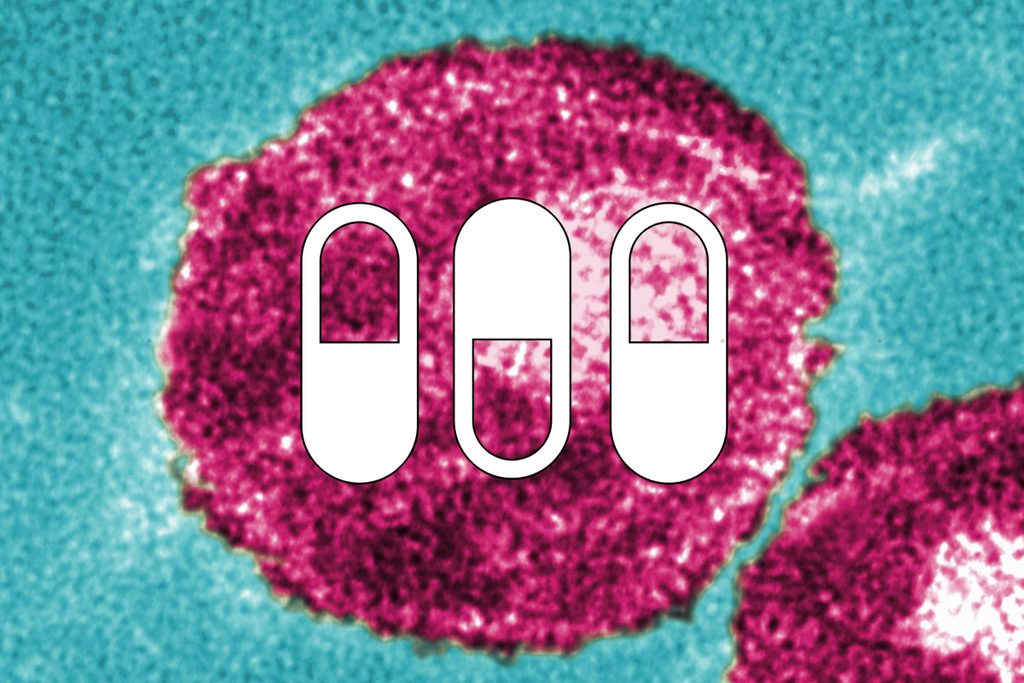
If you’ve recently been exposed to HIV, you may still be able to prevent it with emergency treatment
It might sound like miracle work, but there is an antiretroviral treatment cocktail that, if ingested and continued to be taken within the first 72 hours of exposure, can significantly reduce an individual’s risk of acquiring HIV. “This type of medical HIV prevention is called post-exposure prophylaxis (PEP) and must be taken for 28 days to be fully effective,” explains Dr. Malvestutto. The earlier this treatment is started, however, the more effective.
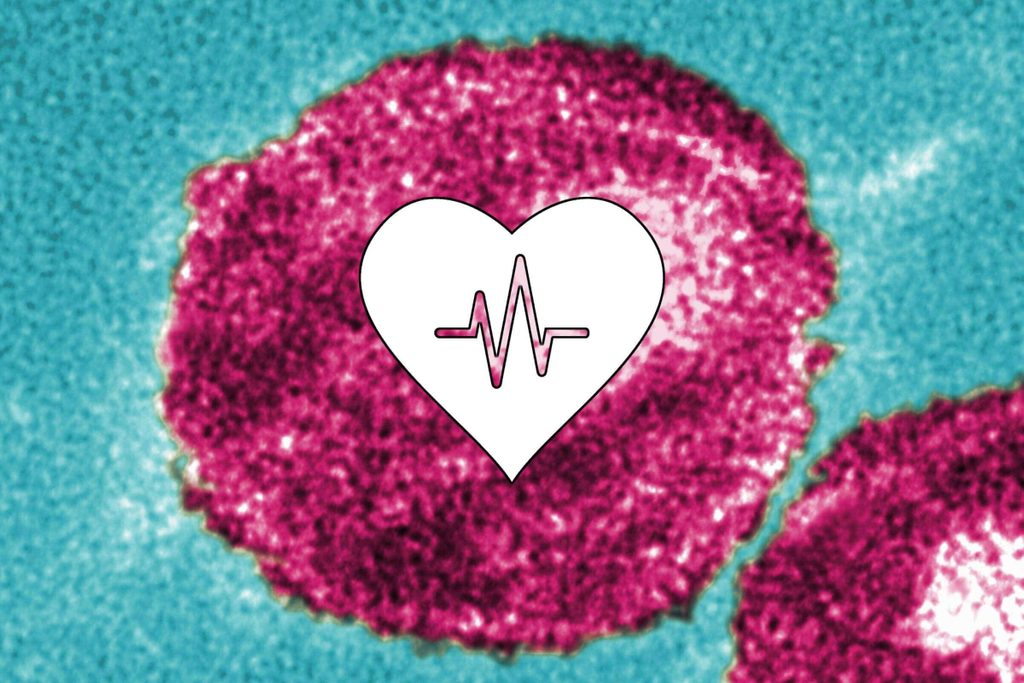
People living with HIV can have a normal lifespan
Despite what most people imagine when they think about the lifespan of someone who is HIV+, in today’s day and age, the projected life expectancy of a 20-year-old HIV+ man, for instance, is almost the same as an individual who is HIV-. This, Dr. Bloom explains, is because the drugs are so competent that they are able to knock down the virus to such low levels that it can hardly be measured. This is called Below Quantifiable Limit (BQL). “At these low levels, the virus doesn’t affect the immune system,” he adds. “It functions normally.” Here are more reasons you’ll live longer than your parents.
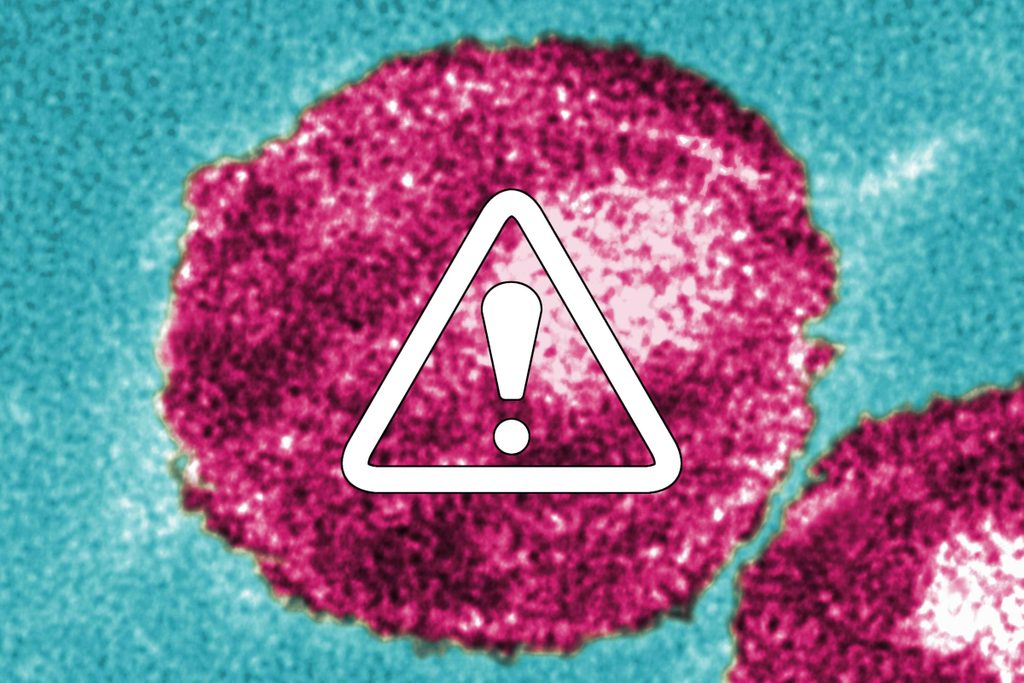
Those living with HIV are at increased risk of a myriad of diseases
Due to a combination of factors, including chronic inflammation and immune activation, individuals living with HIV have almost twice the risk of heart attacks and strokes compared to people who do not have HIV, according to a 2014 study published in the journal Nature Reviews Cardiology. Although there is active ongoing investigation evaluating interventions to reduce chronic inflammation and immune activation in those living with HIV, Dr. Malvestutto points out that researchers do not yet have a specific treatment to do this beyond the effect of controlling the virus with antiretroviral treatment. “It is, however, possible to control established cardiovascular risk factors such as smoking, blood pressure, cholesterol, and obesity, so it is important that individuals who are HIV+ talk with their primary care providers to develop a plan to reduce cardiovascular risk,” he says. “There is also a lot of data showing that HIV increases the risk of not only AIDS-associated malignancies such as Non-Hodgkin’s lymphoma, Kaposi sarcoma, and cervical cancer but also other types of malignancies including lung cancer. So age-appropriate cancer screening and risk reduction measures such as smoking cessation, are very important.” These are the crucial doctor visits you need to make at every age.
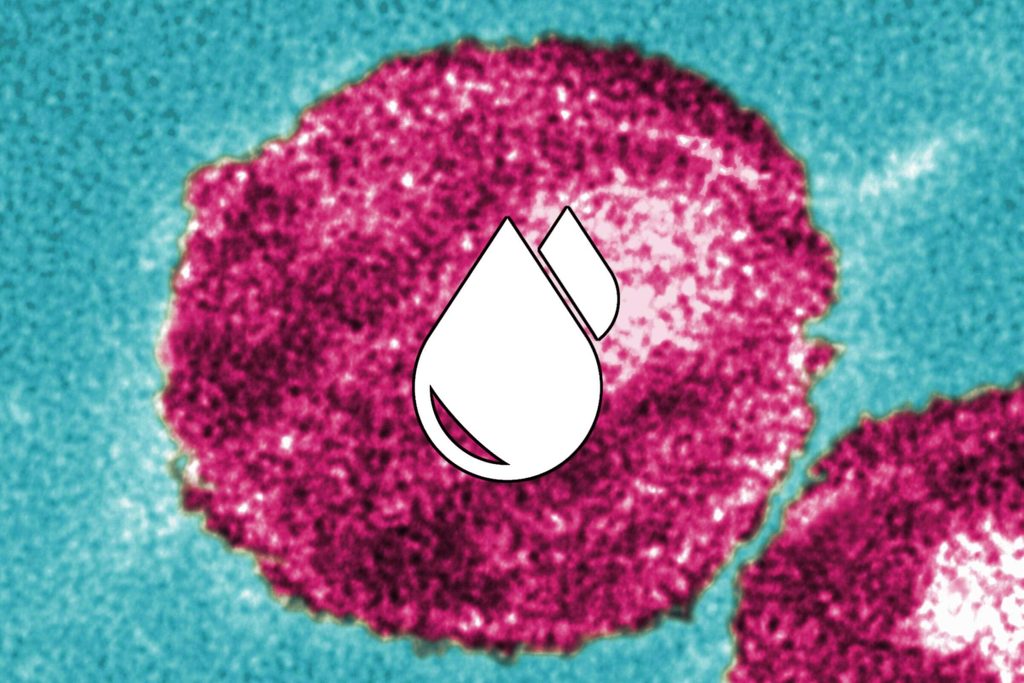
Even though today’s AIDS medications work very well, resistance is becoming a problem
Dr. Bloom points out that all viruses will become resistant to an antiviral drug over time. In fact, the actual definition of an antiviral drug is one that causes drug-resistant mutations in the virus. “Resistance can be slowed dramatically by using combinations of drugs that attack the virus by different mechanisms,” he says. It is this “cocktail” approach that he attributes to being the cornerstone of effective AIDS therapies. “The only way to stay ahead of resistance is to keep inventing new drugs to replace the older ones once they are no longer effective.”
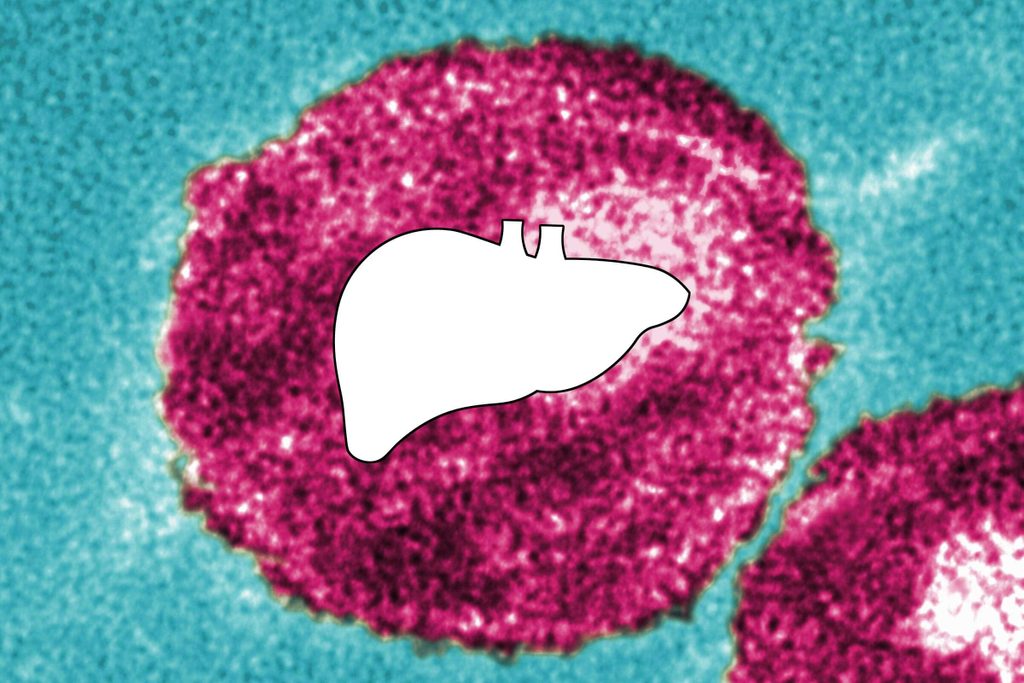
HIV+ to HIV + organ transplantation is a reality
It’s no surprise that there’s a severe shortage in this country of organ donors. It’s a dire situation even if you have a clean bill of health. Those HIV+ recipients in need of organ transplantation (e.g. liver or kidney) are often less prioritized than those without HIV. To fill this gap, the HOPE Act was signed into law allowing HIV+ organs to be transplanted into HIV+ recipients given the success of treatment regimens for HIV. “Early studies show this is feasible and effective,” says Amesh A. Adalja, MD, FIDSA, FACP, FACEP, senior associate at the Johns Hopkins Center for Health Security. “As this practice becomes more universal, HIV patients on the organ waitlists will have a better outlook.” Don’t miss these 14 facts about STDs that could save your life.
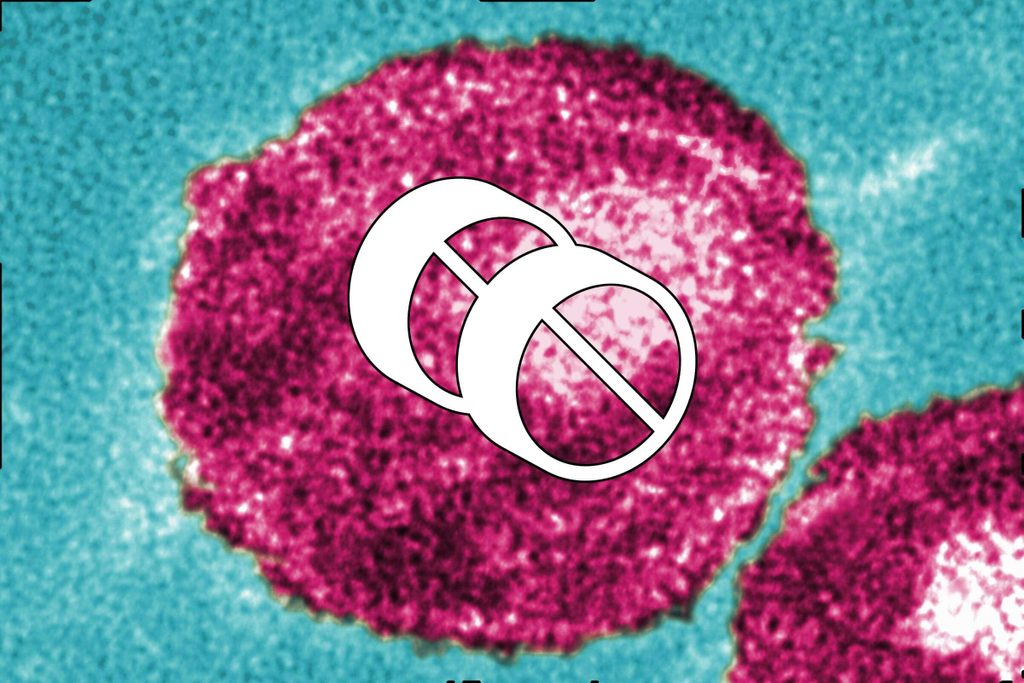
Some people with HIV delay, decline, or discontinue HIV medications
Although this is more common among low-income persons living with HIV from African-American or Black and Hispanic backgrounds than among their white peers, Marya Gwadz, PhD, a senior research scientist at the Center for Drug Use and HIV/HCV Research at NYU Meyers College of Nursing, points out that this can be hard for healthcare providers to understand and can cause frustration in both patients and their providers. “The reasons someone would decline HIV medications are complex and there are a few patterns we see in research,” she says. “For some people, lives can become disrupted, and they will stop taking HIV medications—for example, they may lose their housing, a partner will die, or substance use problems can flare—and, when life destabilizes, they re-start medication. For others, deep emotions about living with HIV, and trouble accepting that fact, get in the way of taking medications.” In many cases, distrust of the medical system and of medications plays a role, adds Dr. Gwadz.
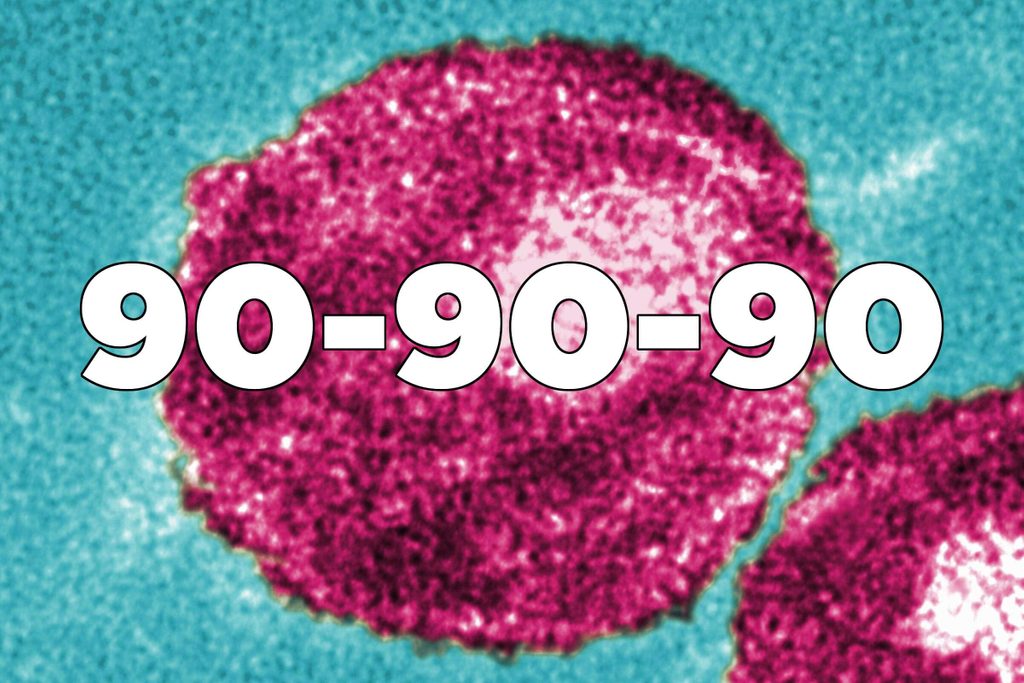
If we achieve the 90-90-90 targets, we should be able to end the HIV epidemic
“Statistical modeling data shows that if we are able to diagnose 90 percent of all people living with HIV and we start antiretroviral treatment on 90 percent of those and we are able to achieve complete viral suppression in 90 percent of those, the HIV epidemic would end,” says Dr. Malvestutto. To achieve this goal, The Joint United Nations Programme on HIV and AIDS (UNAIDS) has set the 90-90-90 as a global target by 2020. “Although these targets may not be achieved everywhere by 2020, there are several countries that have already achieved these targets including several that are low- and middle-income countries,” notes Dr. Malvestutto. “As we continue to improve access to effective antiretroviral treatment, we will be able to achieve the goal of ending the HIV epidemic in our lifetime.” Next, read up on these diseases that could be cured in your lifetime.
